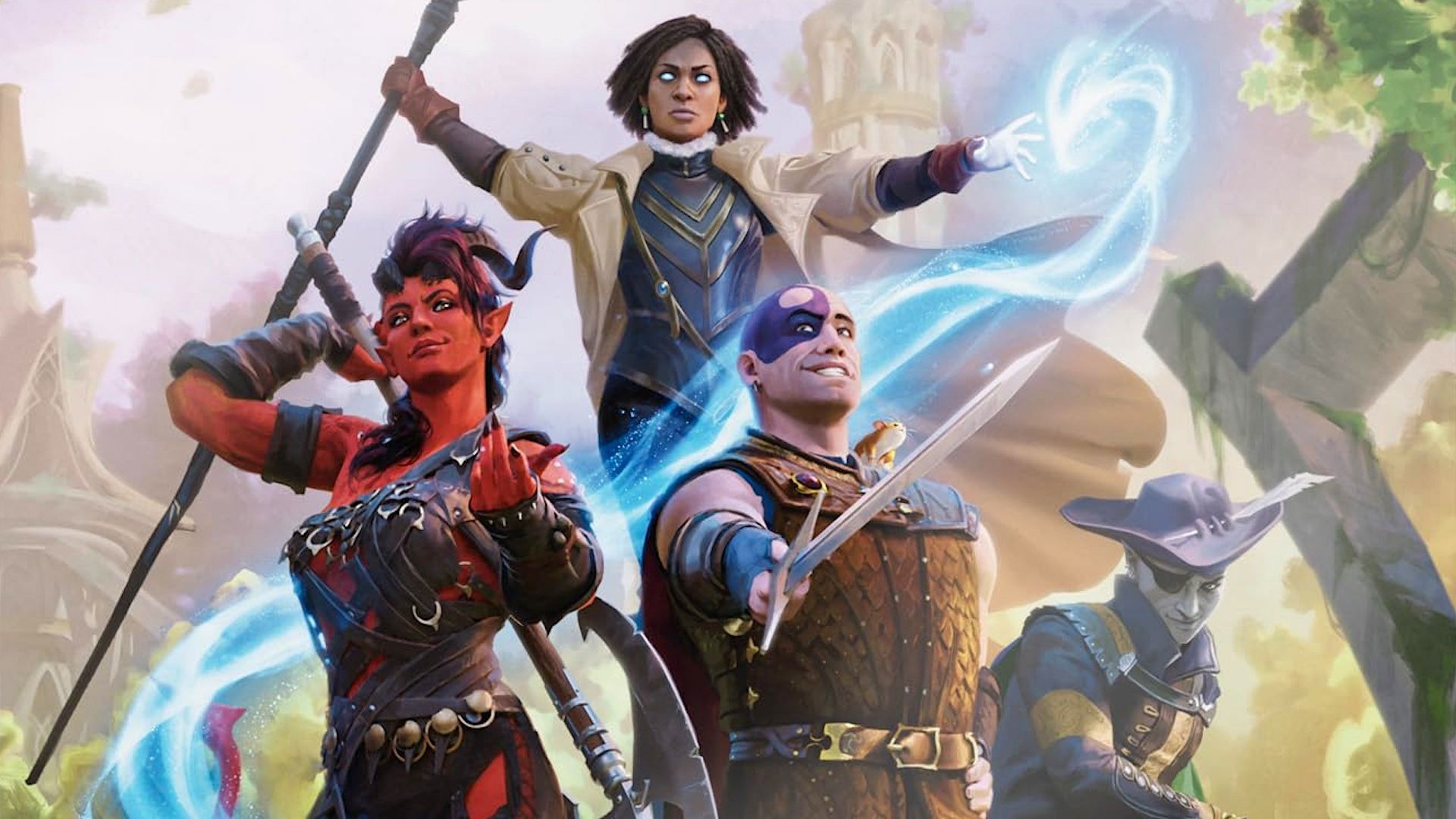The highly anticipated Forgotten Realms campaign setting for Dungeons & Dragons has been released, featuring two new books, Adventures in Faerûn and Heroes of Faerûn. Both titles are set to officially launch on November 11, 2023, but are already available for Master Tier subscribers on D&D Beyond. While the books present a wealth of information, they also reveal some design inconsistencies that may impact user experience.
The Forgotten Realms have long been a cornerstone of the Dungeons & Dragons universe, with roots tracing back to authors such as R. A. Salvatore and Ed Greenwood. The new campaign setting aims to capture the depth and complexity of this expansive world but requires players and Dungeon Masters (DMs) to purchase both books to access the full scope of material. Adventures in Faerûn caters primarily to DMs, providing detailed insights into five specific regions: the Dalelands, Icewind Dale, Calimshan, the Moonshae Islands, and Baldur’s Gate. In contrast, Heroes of Faerûn covers the remainder of the continent, albeit with less detail.
Mixed Quality Across Regions
Each regional chapter in Adventures in Faerûn offers a comprehensive look at its respective area, including descriptions of its environment, inhabitants, and potential campaign hooks. Notably, the Icewind Dale chapter stands out, offering fresh content that builds upon the narrative established in the Rime of the Frostmaiden campaign. The latest developments in the region, including new villains and locations, provide a dynamic backdrop for players who have experienced previous campaigns.
In comparison, the chapters on Calimshan and the Moonshae Islands do not exhibit the same level of detail, primarily because they were not derived from existing 5th Edition material. Although they contain valuable information, they may not satisfy players seeking a rich exploration of these locales.
For areas outside the highlighted five, players must turn to Heroes of Faerûn. This section, while informative, does not match the depth found in the regional chapters, leaving many locations like Cormyr and Sembia underdeveloped. However, the book does include a chapter dedicated to the deities of the Forgotten Realms and various factions, which can be a useful resource for DMs.
Design Flaws and Missed Opportunities
Despite the books’ strengths, there are notable design flaws that detract from their overall utility. One significant issue is the first chapter of Adventures in Faerûn, which includes unnecessary guidelines for running campaigns in the setting, such as a section on “Epic Destinies.” This segment attempts to impose a narrative structure on campaigns, potentially limiting the organic development of player stories. Critics argue that this approach undermines the collaborative nature of role-playing games.
Additionally, the inclusion of short, one-page adventure outlines in the same chapter has been met with mixed reactions. While the templates may provide quick ideas, they often lack depth and feel more like basic quests than fully fleshed-out adventures. Players and DMs might find themselves wanting more intricate storytelling and character development than what these brief outlines offer.
Overall, the new Forgotten Realms campaign setting seeks to unite a wealth of lore and adventure in a way that resonates with long-time fans. Despite its shortcomings, it remains a valuable resource for DMs looking to create engaging campaigns in this beloved universe. The key takeaway is to view the materials not as a complete guide but as a starting point for inspiration, inviting DMs and players alike to fill in the gaps with their creativity.








































































